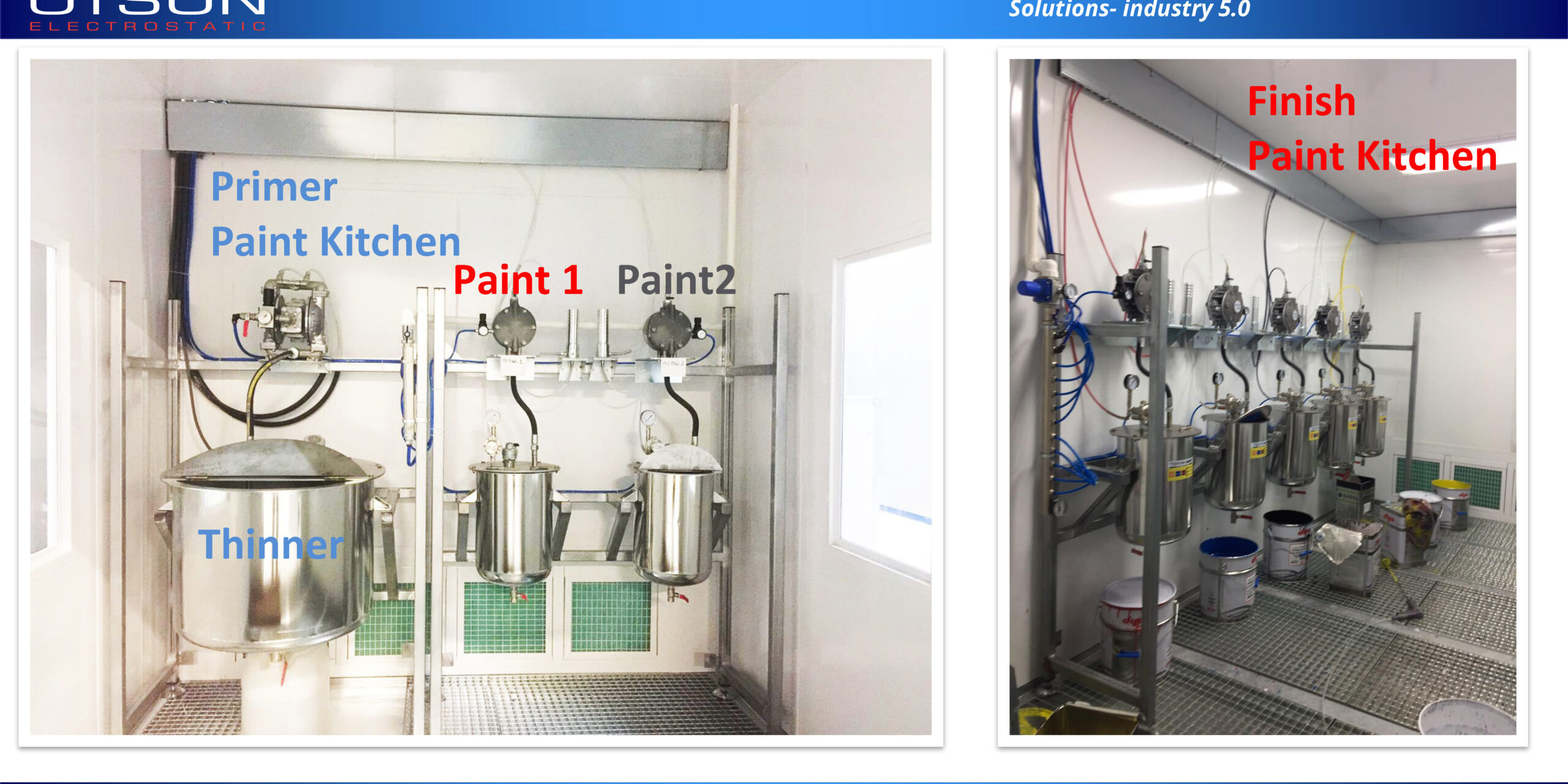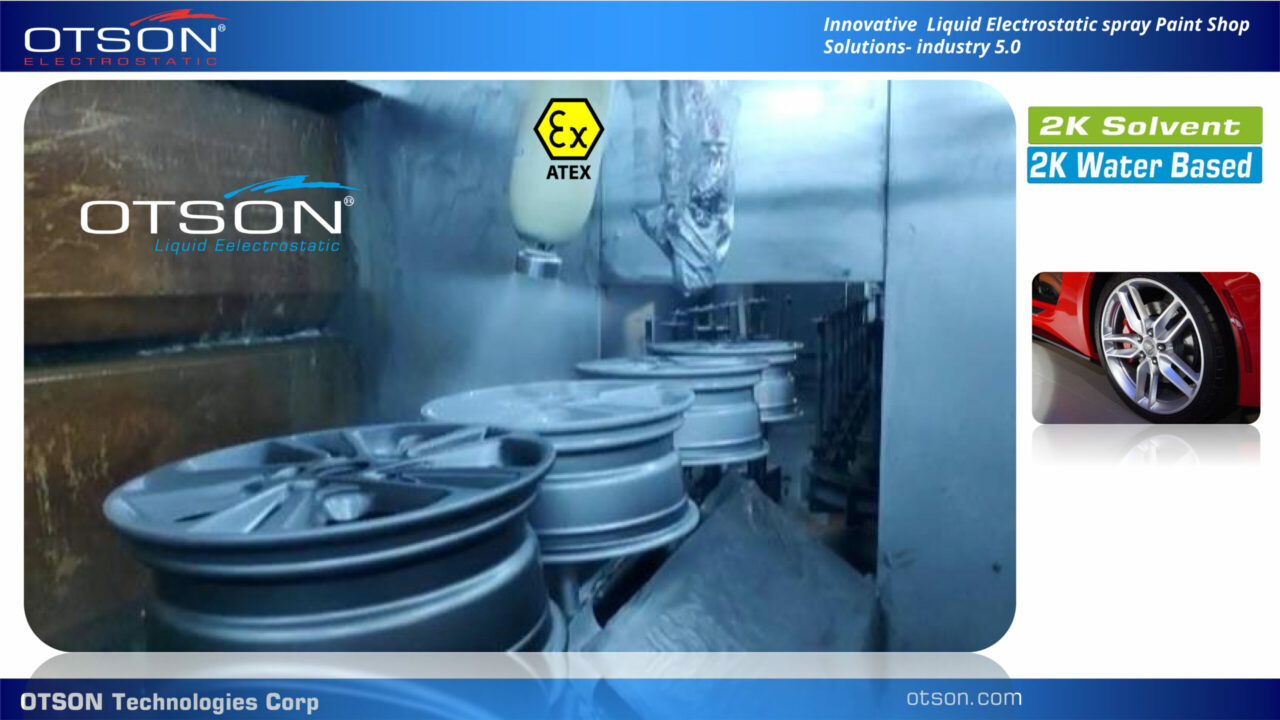Evolutionizing Coating Techniques: Electrostatic Spray Coating in Modern Paint Kitchens
In the rapidly evolving landscape of modern industries, the quest for innovation and excellence is ceaseless. Businesses across various sectors are continually exploring new ways to enhance their products and services. One area that has witnessed remarkable advancements is coating technology. Among the revolutionary techniques making waves in this field, electrostatic spray coating stands out as a transformative solution, rapidly becoming the norm in paint kitchens across multiple industries.
What is Electrostatic Spray Coating?
At its core, electrostatic spray coating is an ingenious process that harnesses the power of electric charges to apply paint or coatings onto surfaces. Through this method, charged paint particles are irresistibly drawn to surfaces that are either grounded or oppositely charged, resulting in remarkably even and uniform coatings. The adoption of this technique offers an array of benefits, outshining conventional paint application methods.
Advantages of Electrostatic Spray Coating:
- Efficiency: Electrostatic spray coating drastically reduces overspray, thus minimizing the emission of volatile organic compounds (VOCs), leading to a more environmentally sustainable coating process.
- Overspray Reduction: Traditional methods often result in wasted paint due to overspray, which not only squanders resources but also poses environmental concerns. Electrostatic spray coating curbs overspray by charging paint particles, compelling them to adhere closely to the target surface.
- VOC Minimization: Volatile organic compounds are notorious for causing health issues and environmental harm. Electrostatic spray coating reduces VOC emissions by using less paint and applying it more efficiently.
- Uniformity: This technique ensures that paint particles adhere uniformly to surfaces, yielding a finish that is both flawless and consistent. Unlike traditional methods that may lead to uneven finishes, electrostatic spray coating’s precise process creates a seamless appearance.
- Adhesion: The electrostatic pull guarantees effective bonding between paint particles and surfaces, resulting in durable and long-lasting coatings. Traditional methods can sometimes fall short in providing adequate adhesion, making electrostatic spray coating an advantageous alternative.
Time Efficiency: The precision of electrostatic spray coating often eliminates the need for multiple coats, translating to time savings in the overall coating process. Traditional methods frequently demand multiple layers of paint to achieve the desired finish, while electrostatic spray coating accomplishes comparable results with fewer coats.
How Does Electrostatic Spray Coating Work?
The mechanics of electrostatic spray coating are intriguing yet straightforward. The process begins by charging paint particles, which can be achieved using methods like corona charging or tribocharging. Subsequently, the charged particles are sprayed onto the intended surface. These charged particles are then attracted to the oppositely charged or grounded surface, culminating in an even, uniform, and highly adherent coating.
The Benefits for Paint Kitchens
The adoption of electrostatic spray coating brings forth a plethora of benefits for paint kitchens, fostering efficiency, quality, and environmental responsibility.
- Enhanced Efficiency: By minimizing overspray and VOC emissions, electrostatic spray coating delivers significant cost savings to businesses. Overspray reduction can save businesses substantial amounts of paint and disposal costs, while lower VOC emissions align with environmental regulations and improve the overall eco-friendly image.
- Uniformity Reinforcement: Electrostatic spray coating’s ability to create a uniform adhesion of paint particles transforms into a consistent and impeccable finish. This aspect proves crucial in industries that demand high-quality finishes, such as the automotive and aerospace sectors.
- Elevated Adhesion: The superior adhesion achieved through electrostatic spray coating ensures the durability and longevity of coatings. This is particularly advantageous in industries where coatings face demanding conditions, including the marine and industrial sectors.
- Efficiency Gains: The precise nature of electrostatic spray coating frequently diminishes the necessity for multiple coats, leading to time and labor savings. This efficiency boost is especially advantageous in high-volume production environments.
- Environmental Advantages: The eco-friendliness of electrostatic spray coating is evident in its reduction of overspray and VOC emissions, aligning perfectly with sustainable practices. This not only enhances the environmental performance of businesses but also contributes to a cleaner, healthier planet.
Conclusion
The evolution of coating techniques has seen a remarkable stride with the advent of electrostatic spray coating. This technique’s ability to provide efficiency, uniformity, enhanced adhesion, and environmental responsibility positions it as a pioneering solution for modern paint kitchens. As industries continue to prioritize innovation and sustainability, electrostatic spray coating emerges as a cornerstone technology that promises to redefine the way we approach coating applications.
FAQs (Frequently Asked Questions)
Q1: Is electrostatic spray coating suitable for all types of surfaces? A: Yes, electrostatic spray coating can be applied to a wide range of surfaces, including metal, plastic, wood, and more.
Q2: How does electrostatic spray coating reduce VOC emissions? A: Electrostatic spray coating reduces VOC emissions by using less paint and by applying the paint more efficiently, which minimizes the release of VOCs into the environment.
Q3: Can electrostatic spray coating be used in high-volume production environments? A: Absolutely. The time and labor efficiency of electrostatic spray coating make it particularly beneficial in high-volume production settings.
Q4: Does electrostatic spray coating require specialized equipment? A: Yes, electrostatic spray coating requires specialized equipment that can charge the paint particles and ensure their even distribution.
Q5: How does electrostatic spray coating contribute to environmental sustainability? A: Electrostatic spray coating contributes to environmental sustainability by reducing overspray, minimizing VOC emissions, and promoting efficient paint usage, all of which align with eco-friendly practices.
Discover the transformative power of electrostatic spray coating in modern paint kitchens. Learn how this innovative technique enhances efficiency.





































